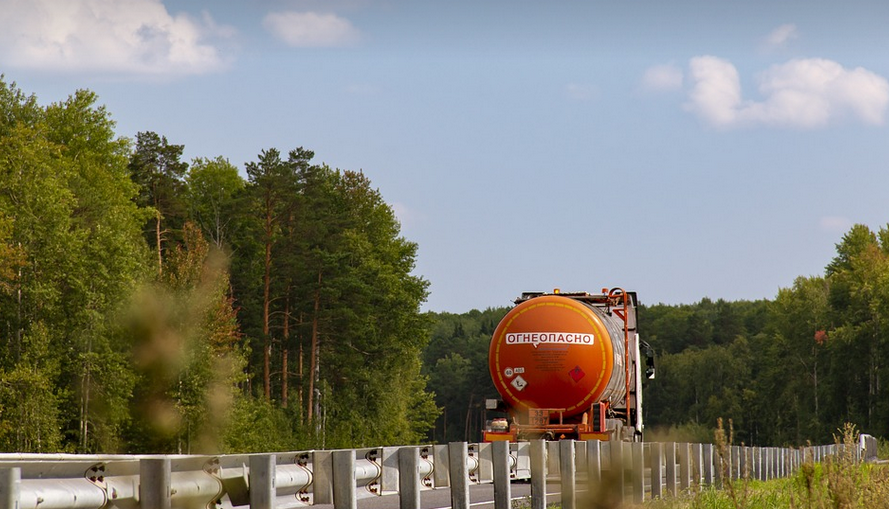Unpacking the Logistics Landscape
The bustling city of Cleveland, Ohio, is not just known for its iconic Rock and Roll Hall of Fame or its vibrant baseball team, but also plays a vital role in the American logistics network. Nestled within its industrial heartland lies the sprawling distribution center of a major corporation, representing a crucial hub in our interconnected world. This facility, often behind the scenes, forms an intricate part of the supply chain symphony, orchestrating the flow of goods from factory floors to eager consumers.
The Cleveland distribution center is more than just square footage and conveyor belts; it’s a microcosm of modern industry, reflecting innovation, efficiency, and the ever-evolving demands of commerce. It represents a tangible manifestation of the complex network that underpins our everyday lives – a network that relies on precise coordination to ensure products reach their intended destinations on time and in perfect condition.
A Tale of Two Cities: Cleveland’s Dynamic Logistics Network
Cleveland stands at the crossroads of major transportation networks, acting as a vital node in the intricate web of American commerce. From rail lines crisscrossing its streets to bustling highways connecting it to the nation’s heartland, the city boasts an unparalleled logistical advantage. This makes it a prime location for distribution centers, attracting businesses looking to leverage this robust infrastructure.
The sheer volume of goods passing through Cleveland each day underscores the importance of these centers in our modern world. They serve as critical links between manufacturing plants and retail outlets, handling everything from packaged food and household supplies to raw materials and finished products. The efficiency and speed with which they operate are essential for businesses to keep pace with consumer demand, ensuring a seamless flow of goods that fuels our economy.
Behind the Scenes: A Glimpse into the Inner Workings
Stepping inside the Cleveland distribution center is like entering another world. The air hums with activity as automated systems guide packages through a maze of conveyor belts and sorting stations, while employees work tirelessly to ensure smooth operation. It’s a place where technology meets human ingenuity.
The precision engineering behind these operations is nothing short of impressive. Sophisticated software manages warehouse inventory, robotic arms move with surgical precision, and barcode scanners verify every package’s destination. Each process is meticulously designed for efficiency, ensuring that goods are shipped accurately and in a timely manner – a testament to the collaborative efforts of engineers, technicians, and logistics experts.
The Human Element: A Crucial Part of the equation
In a world dominated by automation, it’s easy to forget the human element behind distribution centers. While technology plays a crucial role in optimizing operations, people are essential for ensuring smooth execution. Warehouse workers, forklift operators, and dispatchers all contribute significantly to the center’s functioning.
These individuals make up a vital link in the supply chain, providing support from loading containers, managing inventory, and ensuring every package finds its rightful destination. They are the silent heroes behind the scenes, working tirelessly to keep our world running.
Sustainability: A Balancing Act
As awareness of environmental impact grows, distribution centers are adopting sustainable practices to reduce their footprint. This includes implementing energy-efficient technologies, reducing waste through careful inventory management, and investing in renewable energy sources. The center’s commitment to sustainability reflects a broader shift towards eco-conscious business practices.
Looking Ahead: The Future of Logistics
As the world continues to evolve, distribution centers will likely play an even more crucial role in the future. Emerging technologies like driverless trucks and AI-powered logistics platforms promise further efficiency gains and streamlined operations.
In addition, the rise of e-commerce is driving demand for faster delivery times and increased flexibility in supply chains. This necessitates continuous innovation to ensure that goods can reach customers promptly and efficiently. As we look towards a future where technology continues to reshape our world, distribution centers will be at the forefront of this transformation.
